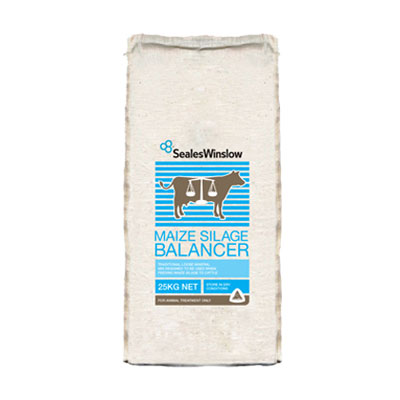Dairy Advice - Autumn
The Lowdown on Maize Silage
Maize silage is regarded as a popular and low-cost source of starch and fibre. Provided you make allowances for its nutritional limitations, this feed option can be used as a profitable supplement for any dairy system.
The popularity of maize silage as a common source of preserved forage is largely due to its cost-effectiveness and the relative ease with which bulk feed can be produced on-farm. It’s a streamlined process from harvesting, chopping, compacting and ensiling in pits.
However, like many other feeds, silage is not perfectly nutritionally balanced. Various factors influence its nutritional value and quality.
Lifting the peak and the season’s performance
- A longer chop length can create air pockets when insufficiently compacted which can lead to the production of harmful mycotoxins.
- The quality and quantity of kernels determine the starch content. This relates to cobs/kernels per plant as well as what is lost during harvesting.
- Dry matter within the stack determines the aerobic activity. Stacks with a higher water content take longer to reach a balanced pH. This may give rise to a secondary fermentation, with the silage fermenting rather than ensiling.
- Appropriate storage with adequate drainage, a secure cover and a smooth stack face will avoid a wet bottom layer, mould growth and the like.
It’s sensible to undertake laboratory testing of the silage to determine the metabolisable energy, nutritional composition and fermentation within the stack. However, some nutritional generalisations can be made.
Nutritional deficits
Generally speaking, maize silage is low in crude protein, magnesium, calcium, sodium and phosphorus.
The protein deficiency can be effectively addressed with good quality pasture as a complementary feed. This ensures adequate protein levels to support milk production or liveweight gain.
The minerals are collectively required for nerve function (magnesium), bone strength and milk production (calcium), fluid balance (sodium) and energy metabolism (phosphorus) and need to be supplemented.
Supplementation in practice
Appropriate products include convenient pre-mixed blends that are easy to use and reliable. However, as the quality of the minerals and their uptake by the cow can vary substantially it’s important to opt for a quality product to ensure adequate supplementation.
What’s equally important is mixing the product into the maize silage. Ideally this is done in a mixer wagon, alternatively it is evenly dusted over the feed once it is in the feed bin. Make sure to achieve an even distribution of minerals and try to avoid any concentrations or even clumps of minerals as these can be unpalatable and may lead to areas of the feed remaining untouched.

Maize Silage Balancer
Maize Silage Balancer is a mineral mix specifically formulated to deliver essential minerals to an animal’s diet whenever maize silage is a significant component of the diet.

